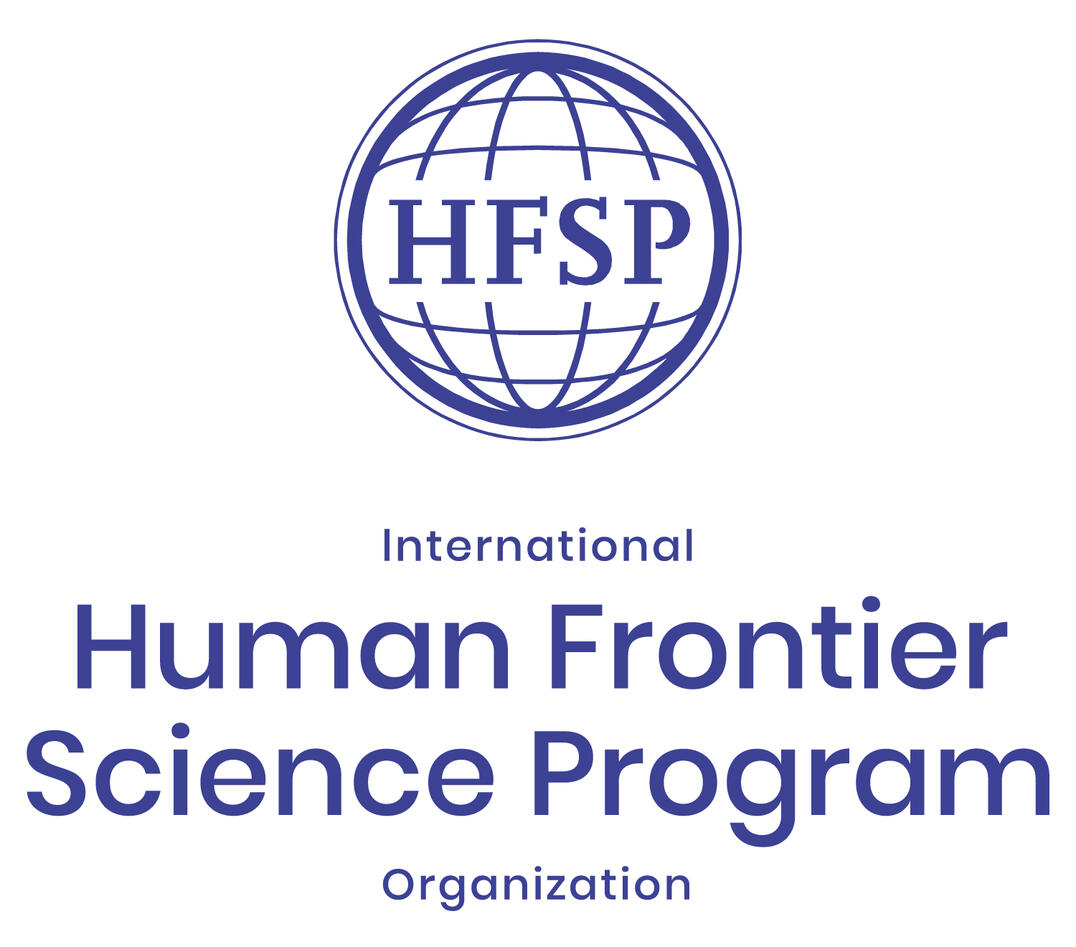Prestigious funding awarded for decoding the origins of brain evolution.
Human Frontier Science Program (HFSP) Research Grant for Fred Wolf and Pawel Burkhardt.

Hovedinnhold
The first brains in the world of animals marked a decisive step in evolution. Living beings could now process information and identify opportunities as well as dangers. But how did the first brains evolve and what form did they take? Pawel Burkhardt from the Michael Sars Centre at the University of Bergen, Norway, and Fred Wolf from the Max Planck Institute for Dynamics and Self-Organization at the University of Göttingen, Germany, will receive one of the 25 Human Frontier Science Program Research Grants awarded for 2023 to get to the bottom of these questions.
Combining experiments and theory, the funded project “Decoding the gelatinous origins of brain evolution”, aims to understand the computations of the very simple nervous system of the marine organism ctenophore Mnemopsis leidyi, also known as the sea walnut. The researchers hope to reveal the neural network of ctenophores, planktonic predators that can disturb intact marine ecosystems and harbor possibly the most alien brain of any predatory animal on the planet.
“We are thrilled to have been awarded with an HFSP grant for studying the nervous system of ctenophores. This grant will allow us to work together on a truly exciting and ground-breaking project applying several novel, cutting edge methodologies which will shed light on the evolutionary origins of nervous systems in general,” said Pawel Burkhardt from the Michael Sars Centre in Bergen.
Using the model ctenophore Mnemiopis leidyi, the interdisciplinary team will build on recent breakthroughs in organismal biology, molecular neuroscience, connectomics, neural circuit inference and neurotechnology to establish a data-driven account of Mnemiopsis’ brain neural network and behavior, to allow for the visualization of brain activity and to test and validate computational models of its neuronal processing by cellular-resolution whole-brain imaging. Detailed video recording of free-ranging ctenophores will be used to construct data-driven quantitative models of 3D animal postural and movement dynamics during hunting, propulsion, and steering. “Our work will allow to better understand the brain and behavior of the ctenophore Mnemiopsis, one of the first animal lineages on the planet, and will shed light on the neuronal algorithms employed by the first animal brains”, explains Fred Wolf from Göttingen.
The international interdisciplinary project will be coordinated by Fred Wolf, professor of Dynamics and Biological Physics at the University of Göttingen, head of the research group Neurophysics at the Max Planck Institute for Dynamics and Self-Organization and founding director of the Göttingen Campus Institute for Dynamics of Biological Networks (CIDBN). It is the third time that HFSPO is awarding Fred Wolf with one of its highly competitive grants.
The scientists from Göttingen and Bergen will start their work on the project during the course of 2023. HFSP will fund the project with 900,000 USD, approximately nine million kroner.

Four 10-day old ctenophore Mnemiopsis leidyi individuals, visualized using illumination from above, which causes iridescence of the comb plates.
